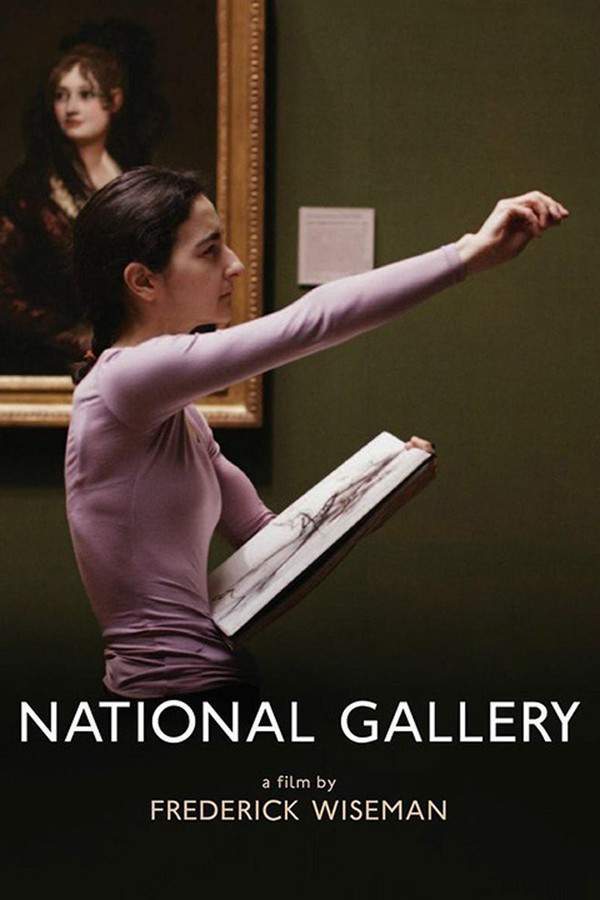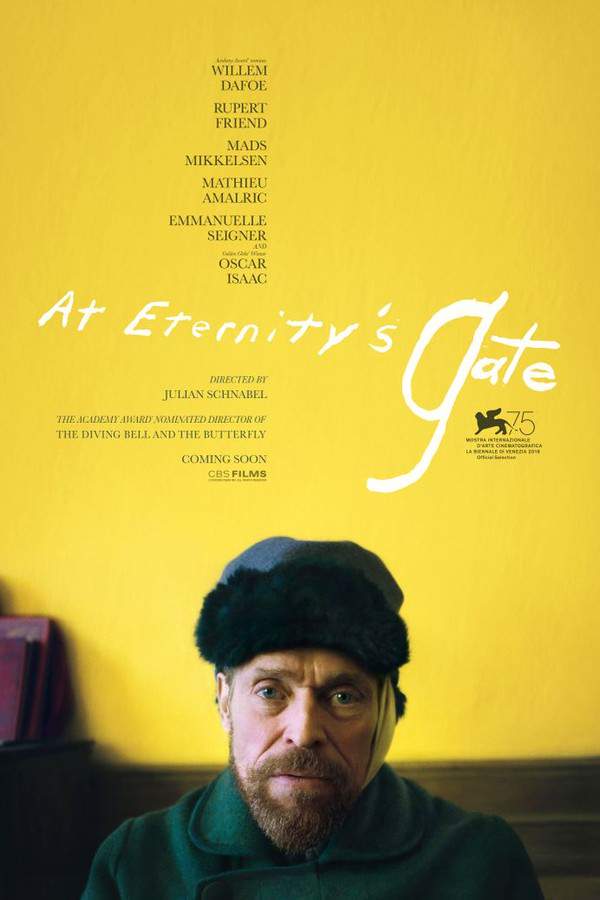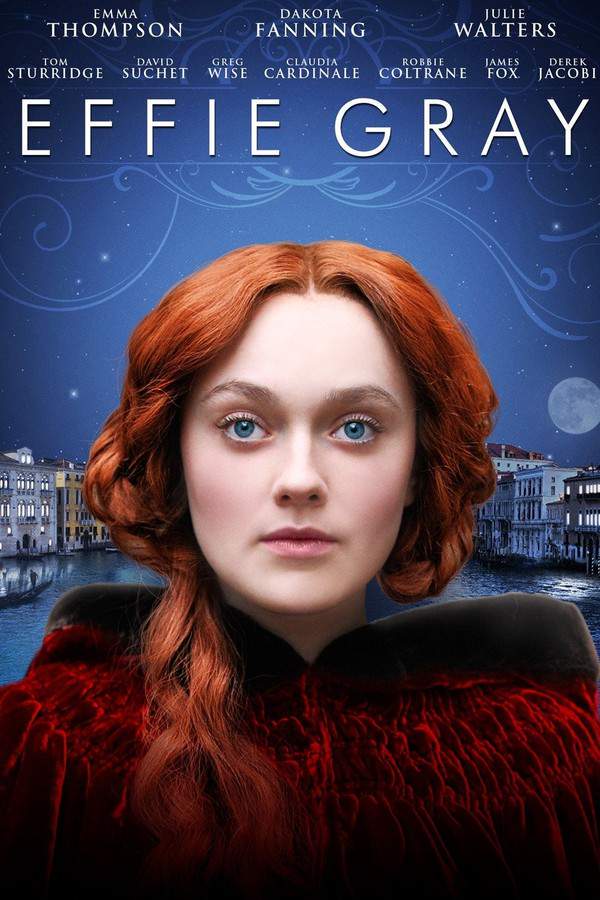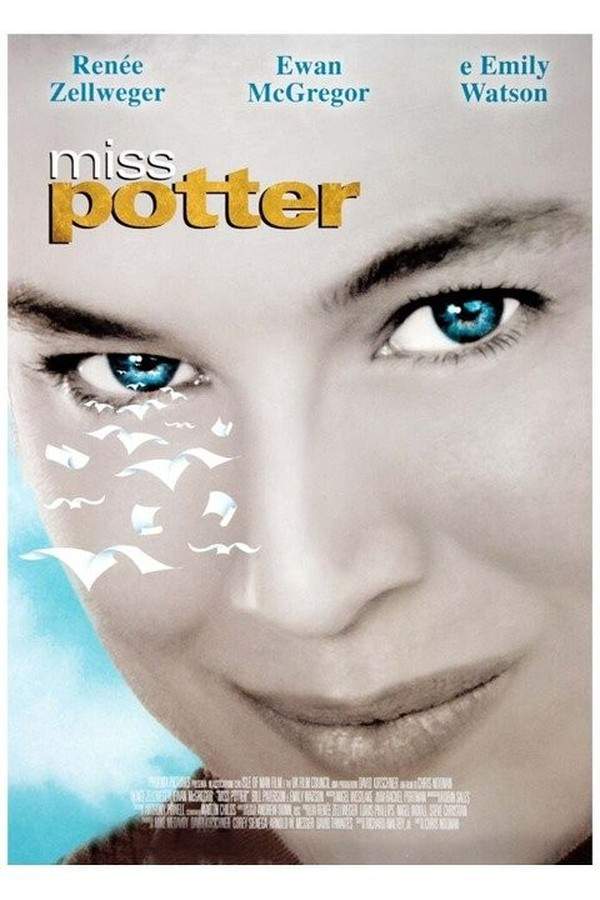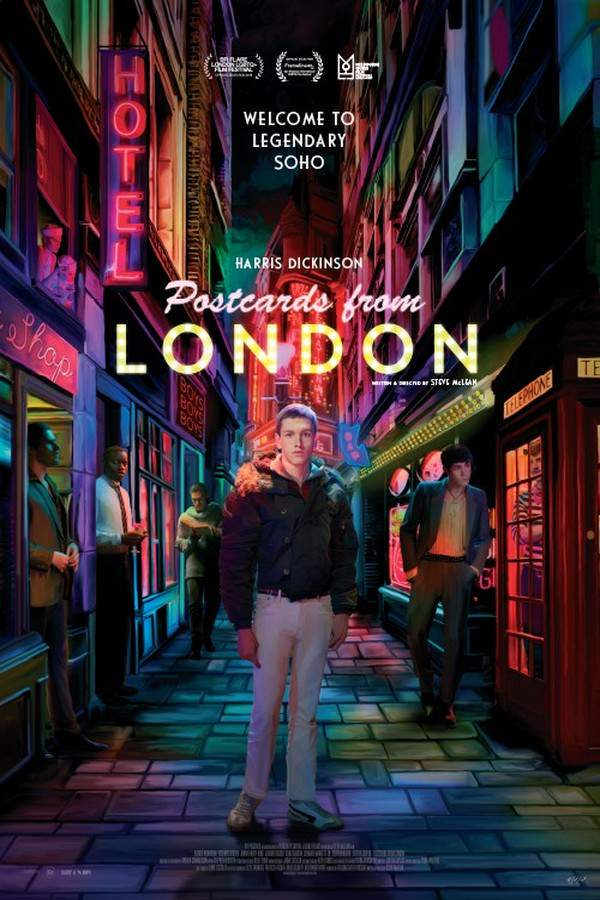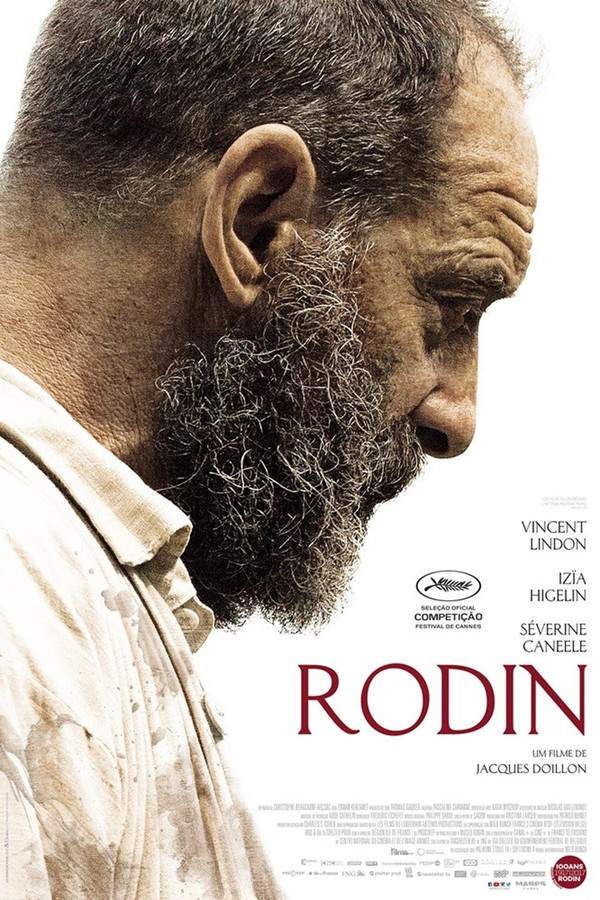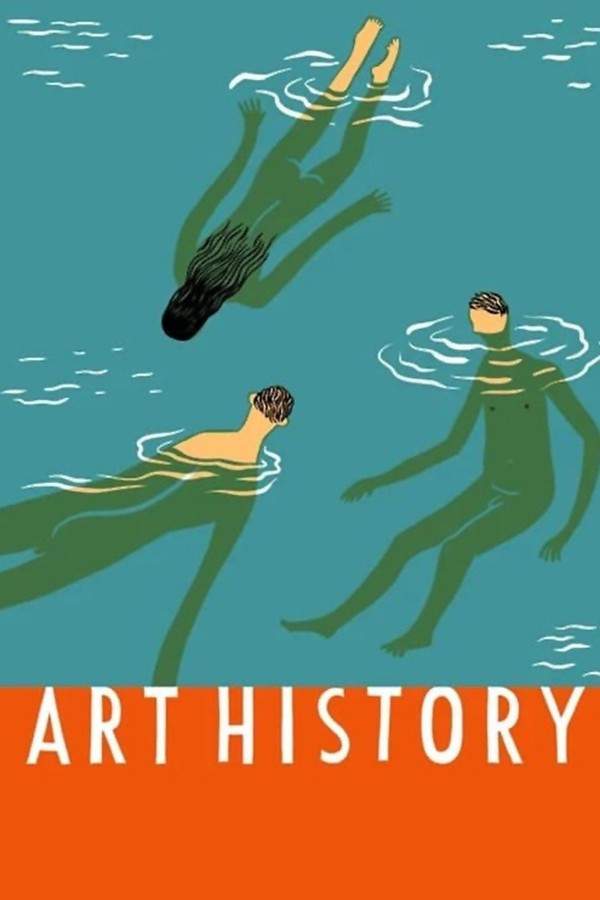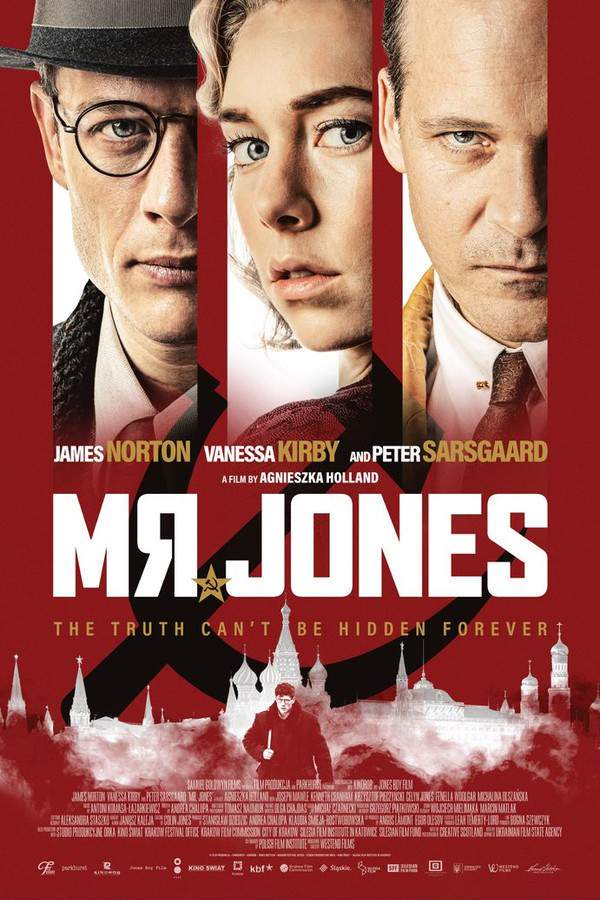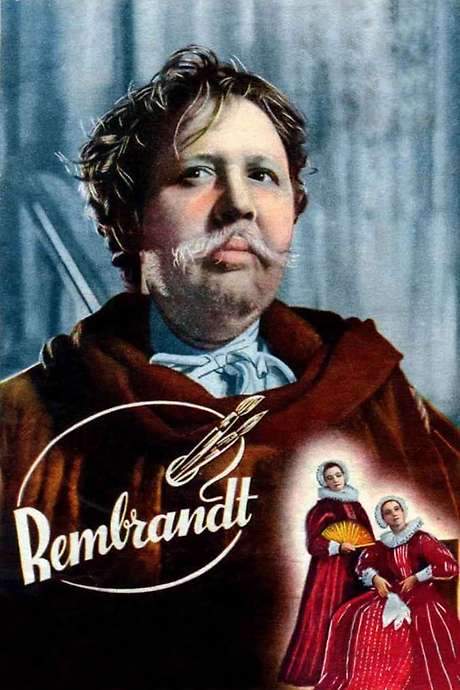Mr. Turner 2014
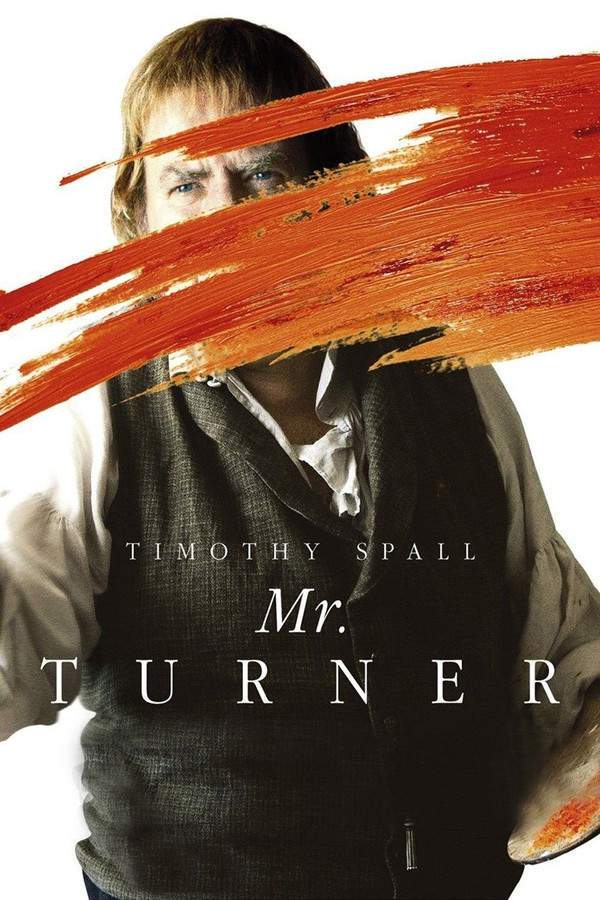
The film portrays the later years of the renowned painter J.M.W. Turner, depicting his growing eccentricities and the personal struggles that accompanied his artistic obsession. As his fame grows, Turner forms close, unconventional relationships with a landlady and housekeeper while grappling with questions of morality and the inevitability of death. The story explores the complexities of his creative genius and the vulnerability of the man behind the iconic paintings.
Does Mr. Turner have end credit scenes?
No!
Mr. Turner does not have end credit scenes. You can leave when the credits roll.
Meet the Full Cast and Actors of Mr. Turner
Explore the complete cast of Mr. Turner, including both lead and supporting actors. Learn who plays each character, discover their past roles and achievements, and find out what makes this ensemble cast stand out in the world of film and television.
External Links and Streaming Options
Discover where to watch Mr. Turner online, including streaming platforms, rental options, and official sources. Compare reviews, ratings, and in-depth movie information across sites like IMDb, TMDb, Wikipedia or Rotten Tomatoes.
Ratings and Reviews for Mr. Turner
See how Mr. Turner is rated across major platforms like IMDb, Metacritic, and TMDb. Compare audience scores and critic reviews to understand where Mr. Turner stands among top-rated movies in its genre.

94
Metascore
6.9
User Score


97%
TOMATOMETER

56%
User Score

6.8 /10
IMDb Rating

65
%
User Score

4.00/5
From 9 fan ratings
Take the Ultimate Mr. Turner Movie Quiz
Challenge your knowledge of Mr. Turner with this fun and interactive movie quiz. Test yourself on key plot points, iconic characters, hidden details, and memorable moments to see how well you really know the film.
Exploring Mr. Turner: Test your knowledge about the life and artistry of J.M.W. Turner as depicted in the film 'Mr. Turner'.
What event heavily impacts J.M.W. Turner's emotional state in the film?
The discovery of a new painting technique
The passing of his father
A critical review from a famous art critic
A major art competition
Show hint
Awards & Nominations for Mr. Turner
Discover all the awards and nominations received by Mr. Turner, from Oscars to film festival honors. Learn how Mr. Turner and its cast and crew have been recognized by critics and the industry alike.
87th Academy Awards 2015
Cinematography
Costume Design
Music (Original Score)
Production Design
68th British Academy Film Awards 2015
Best Cinematography
Best Costume Design
Best Makeup and Hair
Best Production Design
20th Critics' Choice Awards 2015
Best Cinematography
Best Costume Design
Full Plot Summary and Ending Explained for Mr. Turner
Read the complete plot summary of Mr. Turner, including all major events, twists, and the full ending explained in detail. Explore key characters, themes, hidden meanings, and everything you need to understand the story from beginning to end.
The film beautifully explores the final twenty-five years of the life of the renowned British painter, J. M. W. Turner. Deeply impacted by the passing of his father, Turner struggles with his emotions while navigating his complex relationships. Among those is Hannah Danby, his housekeeper, portrayed by Lesley Manville, who remains devoted to him despite often being taken for granted and occasionally objectified. In contrast, he finds solace in a more profound connection with Mrs. Booth, a seaside landlady who eventually becomes his companion, leading a more private life together in Chelsea until his death.
Throughout this period, Turner embarks on numerous adventures—traveling extensively, painting evocatively, and mingling with aristocrats. He even engages in a visit to a brothel and becomes a somewhat erratic yet celebrated figure at the Royal Academy of Arts. In one notable scene, he even straps himself to the mast of a ship to capture the fury of a snowstorm on canvas. Turner experiences the highs of public admiration as well as the lows of critique, receiving mixed feelings from both the elite and the general populace.
One significant event depicted in the film is the memorable Royal Academy salon of 1832, where Turner’s seascape, Helvoetsluys, was displayed beside Constable’s masterpiece, The Opening of Waterloo Bridge seen from Whitehall. Overwhelmed by the vibrant colors of Constable’s work, Turner’s ingenious response was to swiftly add a stroke of red paint to represent a buoy in his own piece, showcasing his innate talent. In a moment of recognition, Constable, played by Timothy Spall, acknowledges Turner’s brilliance with the remark, > “He’s been here and fired a gun.” This interaction encapsulates the tension and respect between two titans of the art world.
Uncover the Details: Timeline, Characters, Themes, and Beyond!

Coming soon on iOS and Android
The Plot Explained Mobile App
From blockbusters to hidden gems — dive into movie stories anytime, anywhere. Save your favorites, discover plots faster, and never miss a twist again.
Sign up to be the first to know when we launch. Your email stays private — always.
Watch Trailers, Clips & Behind-the-Scenes for Mr. Turner
Watch official trailers, exclusive clips, cast interviews, and behind-the-scenes footage from Mr. Turner. Dive deeper into the making of the film, its standout moments, and key production insights.
Mr. Turner Themes and Keywords
Discover the central themes, ideas, and keywords that define the movie’s story, tone, and message. Analyze the film’s deeper meanings, genre influences, and recurring concepts.

Unlock the World of Movies with Our Comprehensive Wiki
Dive into our Movie Wiki for in-depth film encyclopedia entries, including cast biographies, production trivia, plot synopses, behind-the-scenes facts, and thematic analyses. Whether you’re researching iconic directors, exploring genre histories, or discovering hidden easter eggs, our expertly curated movie database has everything you need to fuel your cinematic passion.

Similar Movies To Mr. Turner You Should Know About
Browse a curated list of movies similar in genre, tone, characters, or story structure. Discover new titles like the one you're watching, perfect for fans of related plots, vibes, or cinematic styles.
Quick Links: Summary, Cast, Ratings, More

What's After the Movie?
Not sure whether to stay after the credits? Find out!
Explore Our Movie Platform
New Movie Releases (2025)
Famous Movie Actors
Top Film Production Studios
Movie Plot Summaries & Endings
Major Movie Awards & Winners
Best Concert Films & Music Documentaries
Movie Collections and Curated Lists
© 2025 What's After the Movie. All rights reserved.






















